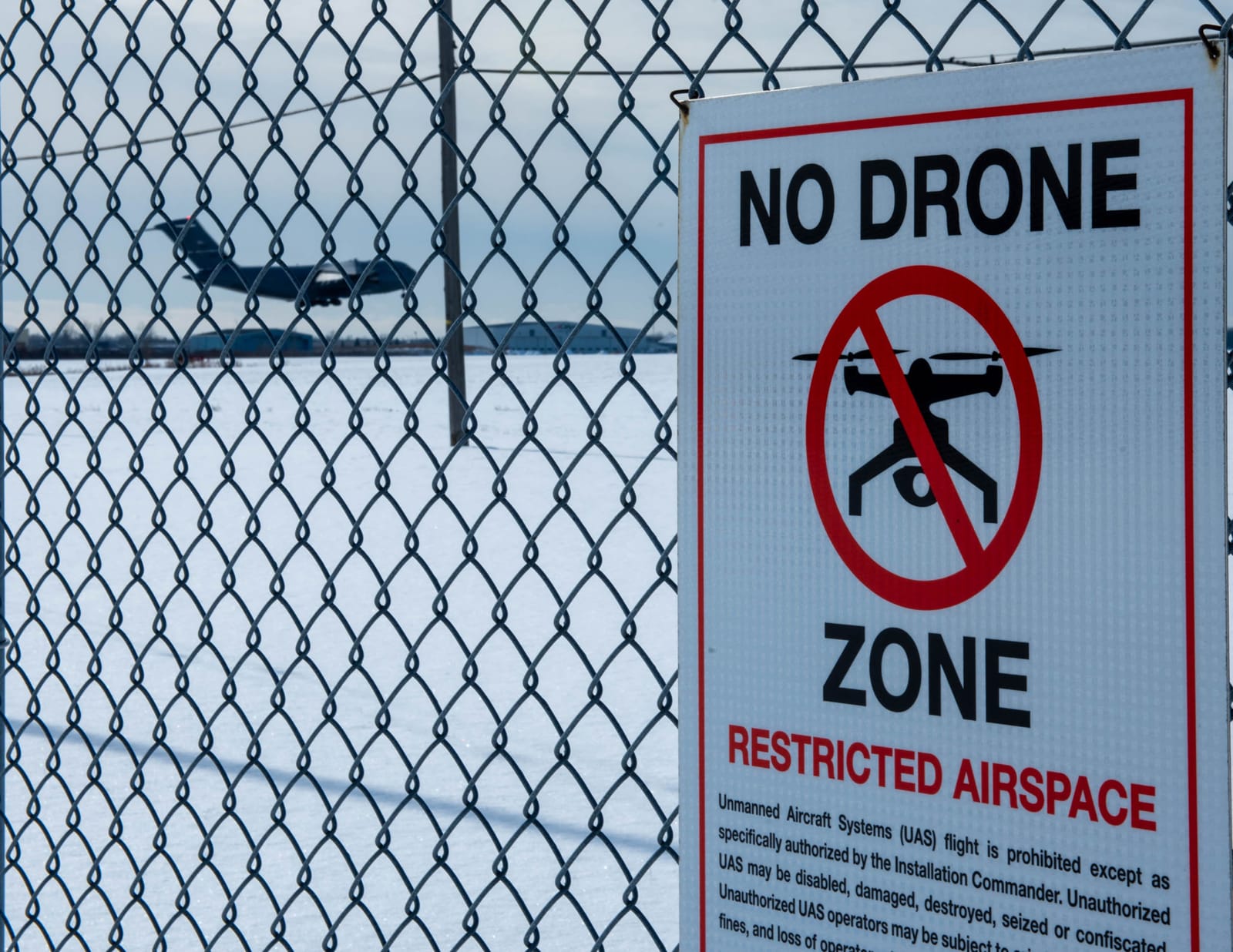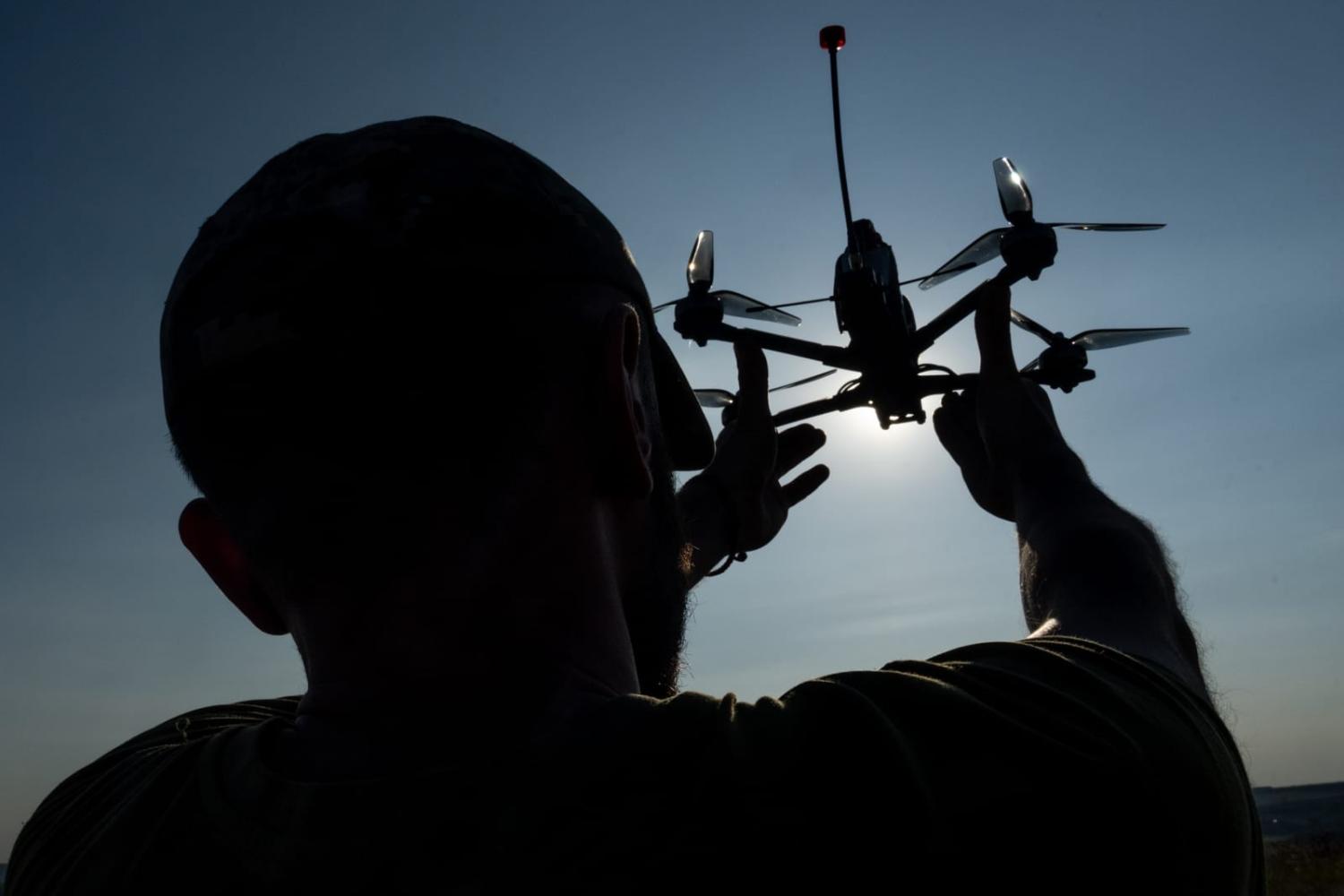Ernest Hemingway famously wrote bankruptcies happen “gradually, then suddenly”. Given two events last week, this might also succinctly describe the rise of robot warfighting. A swarm of Australian-made cardboard drones attacked a Russian airbase and the US Department of Defence announced plans to build thousands of warfighting robots and bring them quickly into operational service. Machines have been increasingly used in wars for more than a century now but suddenly it looks like a new phase is abruptly upon us.
Inside Russia, the attack of the angry cardboard boxes is not really news, even if they may have destroyed several fast jet aircraft. The use of drones has steadily escalated since the start of the Ukraine war and there are now thousands deployed almost daily. Their use for surveillance, reconnaissance, resupply and attack is commonplace. Forming dedicated military units to operate them is unremarkable. Familiarity has hidden that this is the first major robot war and is setting the path for all future conflicts.
The second event has brought this into sharp relief. On 28 August, Kathleen Hicks, US Deputy Secretary of Defence, revealed the new Replicator program that would “field attritable autonomous systems at scale of multiple thousands, in multiple domains, within the next 18-to-24 months”.
Deciphering the perhaps impenetrable Pentagon speak, “autonomous” means a robot that can carry out complex military missions without human intervention. While the cardboard drones are expendable, “attritable” systems are designed to be reusable, even if able to be risked when undertaking dangerous combat missions. “Multiple domains” means robots on land, at sea, in the air and in space.
Affordability is now central to the argument. Drones must be cheap enough to be bought in very large numbers. The US Air Force calls this “affordable mass”. This is a change to a decade ago when Australia’s new Triton high-altitude drone was being designed; its cost is very high at AU$180 million, and while very capable, few can be afforded.
Mass is the new black, and not just because rapidly advancing technology now allows. For the US military, China is the “pacing challenge” against which to benchmark. The imagined future war of most concern to the United States is a hypothetical battle for Taiwan, which some postulate could soon begin. China is geographically close to Taiwan and would be able to bring very large numbers of ships, aircraft and land forces to bear, much more than the distant US easily could. The United States may have quality equipment but China would win on quantity alone.

The Replicator program is quickly building thousands of “attritable autonomous systems” and will give the United States the numbers considered necessary to win future wars. Recent computer modelling and simulations indicate large swarms of robots could be the decisive element for the United States defeating any major Chinese invasion of Taiwan.
There are implications from all this.
First, the Americans see Replicator as both institutionalising mass production of military robots for the long term and changing how all future wars will be fought. They foresee future war as a small number of crewed platforms – such as ships, aircraft and tanks – working with a large number of attritable robots, many trying to protect the crewed platforms.
Traditional militaries built around people are suddenly going bankrupt. This is a modern Dreadnought moment. The Royal Navy’s Dreadnought big-gun warship when launched in 1906 made all existing warships obsolete. Replicator is repeating the process. Defence forces now need to rapidly embrace robots and transform into having (in defence parlance) human-machine teaming force structures.
Second, there is much anguish over autonomous systems on ethical grounds, summed up in the term “killer robots”. Hicks’ speech suggested that robots can be carefully programmed to follow the laws of armed conflict; others argue that in stressful combat situations such robots will follow these laws better than humans. Against this, not all situations can be foreseen; robots might then misunderstand the circumstance and attack regardless. This was the basic premise of Isaac Asimov’s famous books published between the 1940s and 1980s. Both arguments are valid and undoubtedly in the future robots will be used in problematic ways, just as they are now by the Russians to attack hospitals.
Robots are indirect fire weapons, that is they will usually kill outside of the sight or control of the humans who activate them, very like artillery and land mines have been doing since the First World War. Today, soldiers employ indirect fire weapons using tactics and procedures that maximise their effectiveness in killing targets in accord with their nation’s strategy. Robots are the same and soldiers at least will not want to waste robots in tasks that don’t bring them military success. Importantly, the overwhelming majority of robots operating on the battlefield will be unarmed and undertaking missions other than attack.
Third, the Americans lead military developments, but others generally follow close behind. In this case, much of the technology involved originates in the commercial domain and is widespread. Controlling it now would be impractical. It also means that not just the great powers will shift to robots but also smaller powers, too. Iran’s primitive, low-cost drones sold to Russia for attacks on Ukrainian infrastructure may be a portent. In another example, middle power Australia is already building and trialling fast jet, maritime surveillance and submarine attritable autonomous systems. And Australian industry has been asked how it could build very large numbers of drones in-country within the next two years.
It’s all rather Hemingway. Suddenly, the age of warfighting robots is here.

